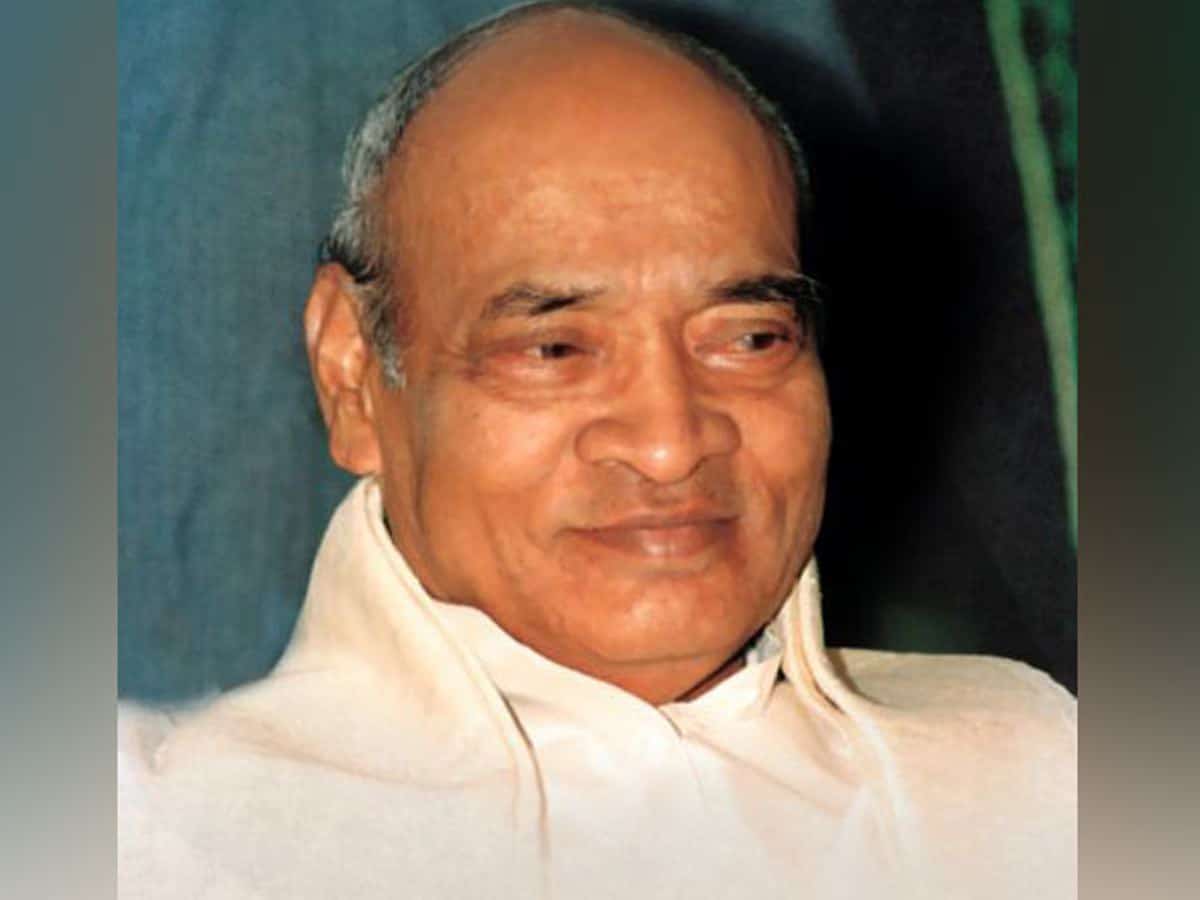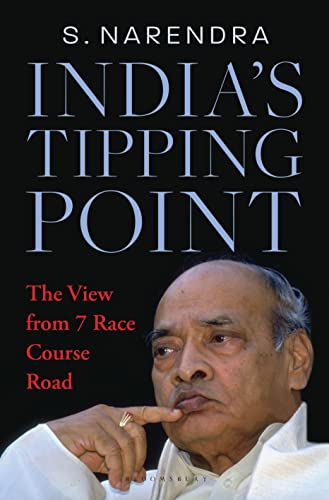
Can anyone pinpoint the precise date on which India embarked on its economic reforms that enabled the country to transform from a USD 266 billion economy to a nearly USD 3 trillion engine of growth? A new book -India’s Tipping Point by a spokesperson of former prime minister Narasimha Rao fixes this date as July 24, 1991. Because, on the evening of this date the one-month-old government headed by Rao, regarded as a ‘weak’ prime minister unexpectedly abolished the Industries Development and Regulation Act 1951. This Law was the mother of all laws and regulations that gave the power to government to control all economic activities. “The abolition of this Act in more ways than one represented a change in the political, official, and national mindset. While August 15, 1947, placed India on the global political map, July 24, 1991, out it on the international economic map. The innate Indian entrepreneurship and spirit of innovation, were unshackled, significantly contributing to the rewriting of India’s destiny”, writes the author of this book S. Narendra. The book coincides with Narasimha Rao’s centennial anniversary.
Were the 1991 Indian economic reforms undertaken under the pressure of the International Monetary Fund (IMF) that extended to the government to avert a financial crisis? The answer is an emphatic ‘No’. The IMF did not even hint that the government should abolish IDRA and dismantle both the foundation and the superstructure of what was called ‘the Licence-Permit raj’ that prevailed for nearly 40 years after India became a free Republic.

The people born since 1991 may be less aware of India’s dire economic and political situation when a new government took office. Prime Minister Narasimha Rao headed a minority government. During the recent parliamentary election, former Prime Minister Rajiv Gandhi had been assassinated. Two previous governments had collapsed after short tenures. The prevailing political instability offered no hope of India coming out of the political mess combined with an economic crisis. Militancy and violence had peaked in the states of Punjab and J&K. There was social and political unrest in several parts of India. India’s external environment was in flux, due to the break-up of the Soviet Union and unprecedented internal political changes in Europe. The international oil prices had risen, worsening India’s economic woes. Both within the ruling Congress party and the opposition consisting of BJP, left parties, and influential sections of the Indian business were opposed to economic reforms. Rao government was criticized by the latter as having compromised India’s sovereignty. He responded by presciently asserting that the reforms would go to make India an engine of growth in Asia and the world economy.
Narendra’s book is an insider account of the working of the government that had embarked on changing India’s approach to the economy and the internal politics of the times. It attempts to answer several questions which had been aired in those years-Was Rao an economic reformer? Did he slow down the pace of changes? Is Narasimha Rao legacy limited to the demolition of the Babri Masjid in Ayodhya and stood accused as contributed to the destruction of the Masjid because he was ‘indecisive’? A few major scandals and scams (Harshad Mehta Stock market scam) broke out, damaging his government’s image as corrupt. What was the prime minister’s approach to them?
The book Tipping Pont interestingly offers an account of the way prime minister Rao leveraged his economic reforms to subtly transform India’s foreign policy giving it greater economic content which remarkably changed the perception of India abroad. Further, the first time there is an account of how the former prime minister brought normalcy in the militancy-ridden J&K. The chapter on ‘Was Narasimha Rao an economic reformer? tries to put on record his extensive new initiatives to change the economic structure of India and makes for boring reading. What is interesting is that the author offers an explanation for making his finance minister Dr Manmohan Singh the face of his economic policy, rarely claiming credit for himself.
The readers may or may not agree with Narendra’s version of the development and events dealt with in the book. However, it could serve as a source for political historians researching into a critical period in India’s recent history.

